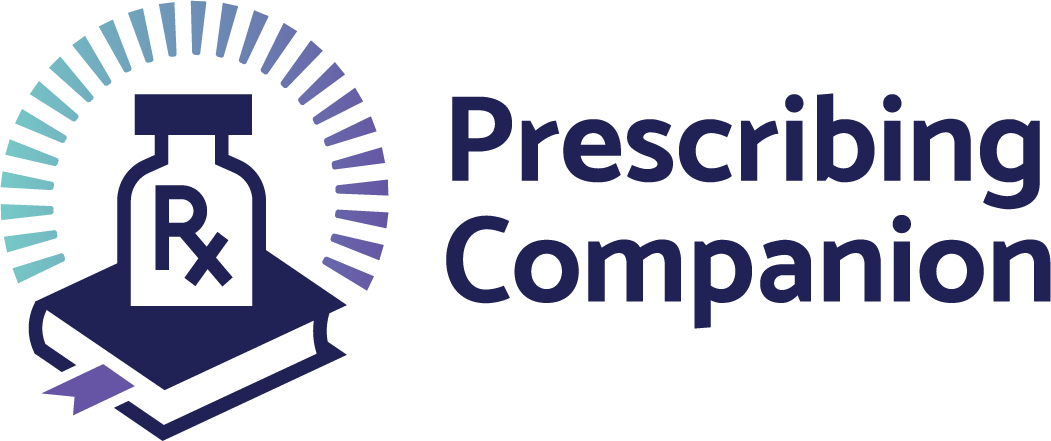Stroke
exp date isn't null, but text field is
Clinical Description
WHO describes a stroke as a clinical syndrome typified by rapidly developing clinical signs of focal or global disturbance of cerebral function lasting >24 hours or leading to death, with no apparent cause apart from that of vascular origin. It is a cerebrovascular event which leads to hypoxia and ischemia of the affected part of the brain. It can either be Ischemic or Haemorrhagic.
Causes
- Infections
- Haematological
- Sickle cell disease, malignancy, haemophilia, thrombocytopenia
- Protein C, S and factor V leiden deficiency
- Cardiovascular
- Congenital cyanotic heart disease,
- Infective endocarditis
- Hypertension
- Autoimmune
- ITP, antiphospholipid syndrome
- Trauma
Clinical Features SIGNS AND SYMPTOMS
- Hemiplegia, Facial nerve palsy, Altered mental status, Seizures, Visual disturbances, dysarthria, Dysphasia and Bulbar palsy
INVESTIGATIONS
- FBC, Peripheral blood smear, Random blood glucose, HIV status, clotting profile, Urea, electrolytes and creatinine, Liver function test, Sickling test, Hb electrophoresis, Prothrombotic markers, Echocardiography and CT or MRI brain
Treatment
Objective
Stabilization and maintenance of vital functions
Acute Treatment
- Assess and manage Airway, Breathing, Circulation and Disability
- Make sure the patient blood pressure and blood glucose are checked and managed appropriately.
- Uncontrasted CT scan of the head
- Ischemic: allow BP to remain moderately elevated for 1-2 weeks
- {140-180/90-100} then treat to normal.
- Haemorrhagic: reduce the BP faster (<140/90) and avoid aspirin
- All strokes are likely to benefit from statin therapy. Commonly used statins are Simvastatin and atorvastatin.
- The patient can be started on Simvastatin 10-20 mg daily
- Patients with ischaemic stroke can be started on Aspirin: 300mg chewed x1 then 75mg q24h
- Assess safety/ability to swallow without aspirating {NG tube can be inserted if needed}
- Neuroprotective measures
- Supportive care
- NGT for feeding
- Catheterization
- Skin protection
- Refer to Medical Rehabilitation services and social worker for counselling.
- Treat all underlying causes
Chronic Treatment
- Medical Rehabilitation Services
- Treat underlying conditions
Note:
- Conditions that may present like Stroke include Subdural haematoma, brain masses, meningitis, and encephalitis.
- Recurrent stroke when already taking aspirin should be referred to a specialist.
- Remember brain infection as a differential diagnosis of stroke in HIV infected patients
- Risk factors include hypertension, diabetes, smoking, genetic disorders, atherosclerosis, cardiac disease, atrial fibrillation, HIV and high cholesterol.
- look for treatable causes and counsel the patient.
- In adults, give long term Aspirin 75mg once daily.
- In children, 5mg/kg daily if ischaemic stroke.
Note: Aspirin is not advised in intra-cerebral or subarachnoid hemorrhage.
- Give IV fluids to correct any dehydration
- Treat hyperglycaemia
- Treat any fever: look and treat for infections (aspiration pneumonia, urinary tract infection common).
Complications
- Aspiration, Pressure sores, Contractures, Epilepsy, Developmental delay and Learning disability
Referral
All children with stroke for diagnostic work up
